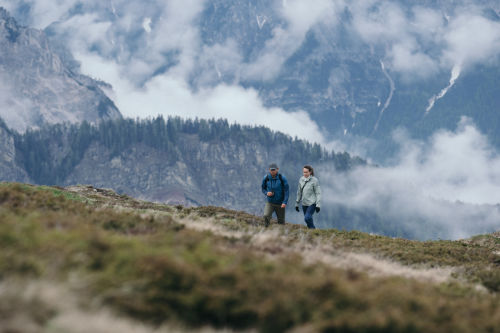“When life becomes wrenchingly uncertain, history tells us, human instinct is to retreat to the natural world”,
wrote BBC journalist Hephzibah Anderson in an article which explains how challenging times like the year 2020 inspire people to look towards simpler ways of life. Part of this is that people spend more time outdoors and discover the appreciation of nature as a new source to gain strength, more energy and discover new perspectives.
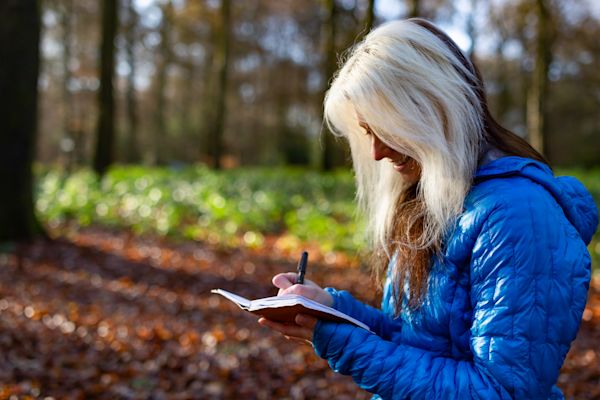
Phoebe Smith
The expert
We have partnered with Phoebe Smith, a UK award-winning travel writer, photographer, presenter, and broadcaster to help people slow down and notice the little things in nature. Phoebe has put together her top five tips for those who want to take the time to get out of their daily routine and immerse themselves in the wonder of nature.
©PhoebeSmith

Signs of local wildlife
1. Look for nature's clues
Sometimes, when we take a walk, we can get so fixated on where we are headed to that we forget to take the time to notice what’s around us. And there are signs of local wildlife everywhere. When walking on muddy or dusty ground – look down, paw prints are often left behind indicating which mammals have scurried through before us. Take a photo of them to identify later, then at least you’ll know what you’re looking out for and can learn the best times of day to spot them. Also, inspect the tree trunks you pass on your way. You might spot the tiny rows of holes or hollows in the bark left by woodpeckers marking their territory or evidence of owls nesting. If you are by a river, keep your eyes peeled for hollows on the banksides often covered with sticks – this could be an otter holt (den)

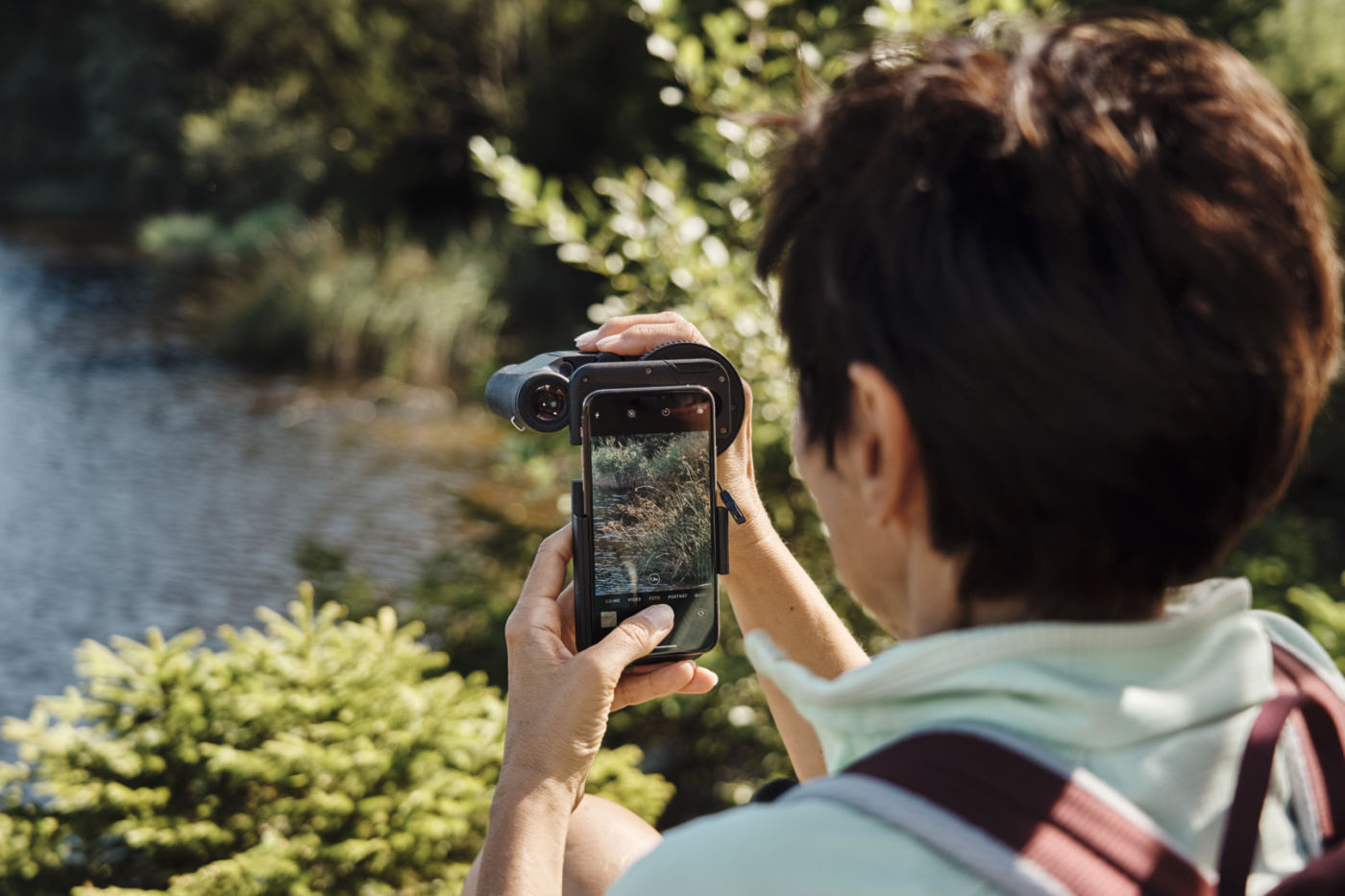
Taking in a beautiful scene at walking level can result in some pretty pictures but try varying your perspective. I’m often found in forests lying on the ground looking up, to gaze at the shape of the canopy above me. If you have a camera, a macro lens can help you zoom in on nature’s smallest details (inexpensive attachments for smartphone cameras make this possible too) – such as morning frost on leaves, intricacies inside flowers or the eyes of an insect peering back at you. Or you can invest in a pair of binoculars to allow you to see into the distance, bringing the far away close to you in phenomenal detail. In short, changing your perspective can make you see a place you think you know well with fresh eyes.
© Phoebe Smith
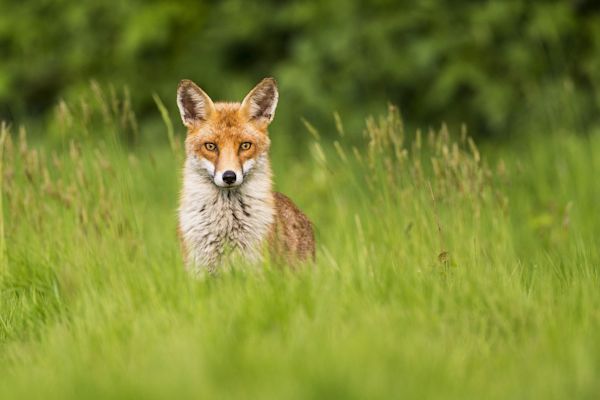
Natural sounds
3. Learn to listen for native wildlife
So many of us make the mistake of taking a stroll in nature whilst listening to music or podcasts. And while doing this means we run the risk of missing out on the natural sounds that help us become familiar with native wildlife. A rustling noise in the undergrowth can reveal itself to be a badger, a deer, a hedgehog or even a pine marten. Then there’s birdsong, which, if you listen closely, can help reveal what species are singing in the trees around you. Try recording soundbites of their calls then listen to samples online (e.g. RSPB and Woodland Trust websites both have these ) to match them. Suddenly you’ll realise even your garden is teeming with life.

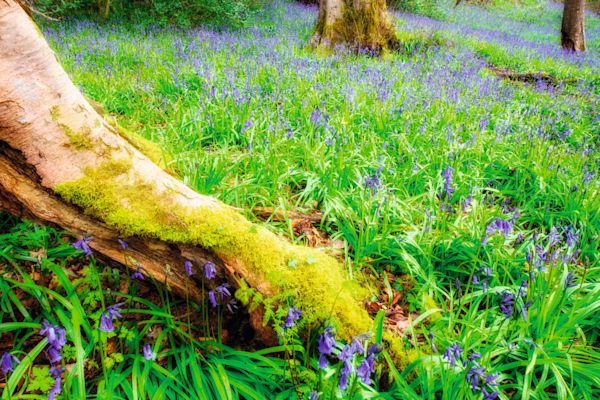
Another one of our senses that we tend to neglect is smell. It may be a cliché but there really is joy to be had by literally stopping to smell the roses. Or, another flower which is in full bloom right now,, filling the air with a lily-like scent or spicy tones. You might also be able to sniff out some food - wild garlic (smells exactly like its namesake) is great to forage for use in soups or pesto, as well as sweet smelling elderflower which can be utilised to make tasty cordial, jam or even gin.

That’s right. One of the biggest mistakes people make when trying to spot wildlife is to go searching too hard, which means making a lot of noise and actually scaring creatures away. By far the best thing you can do is find a good spot – off the beaten track so other people won’t disturb either, take a flask of coffee or tea, a sit mat, a pair of binoculars and simply wait. Patience is a key skill when it comes to wildlife. What you’ll soon discover is that by doing this nature will come to you – it’s how I spotted my first red squirrel, wild cat and had a crested tit come within touching distance.
About
Phoebe Smith is an award-winning travel writer, photographer, presenter, and broadcaster. Along with writing about adventure, walking, solo travel, gear and wildlife conservation, Phoebe Smith also hosts the monthly Wander Woman Podcast and is the author of 10 books including the best-selling Wilderness Weekends and Travel Writer’s Field Guide. For more information about Phoebe Smith and her work, visit www.phoebe-smith.com.

